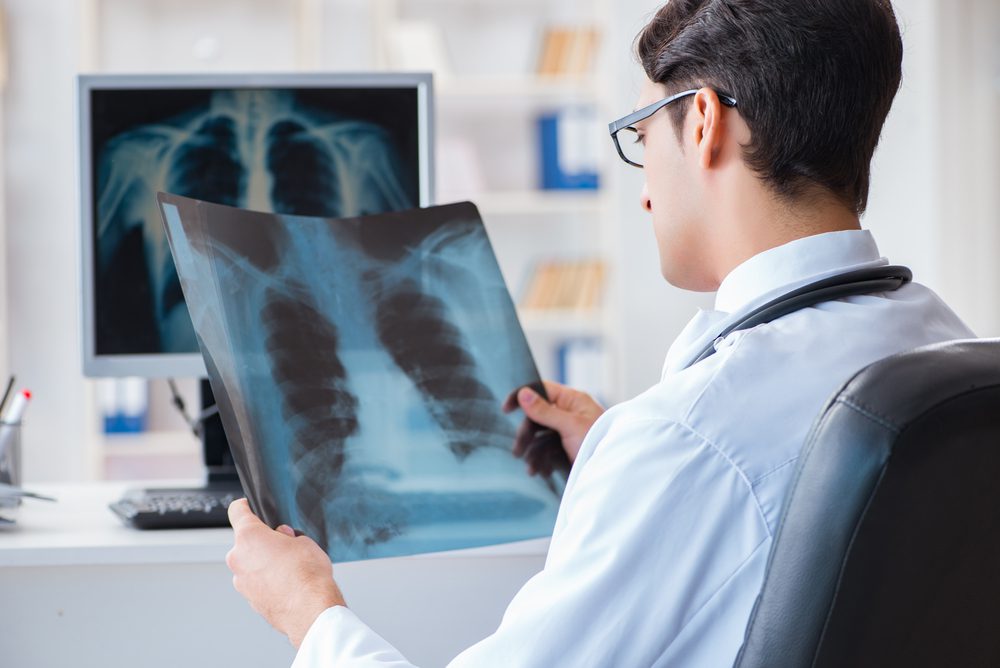Surgery is a common treatment option for lung cancer, particularly for non-small cell lung cancer (NSCLC).
This post offers a general overview of lung cancer surgery, including post-surgery recovery.
Types of Lung Cancer Surgery
Wedge Resection: Also known as segmentectomy, this surgery involves removing a small wedge-shaped part of the lung that contains the tumor. It’s performed when the tumor is small and limited to a specific area of the lung.
Lobectomy: In a lobectomy, an entire lobe of the lung affected by cancer is removed. This procedure is often recommended when the tumor is localized to a single lobe and has not spread to nearby lymph nodes or other organs.
Pneumonectomy: A pneumonectomy involves the complete removal of one entire lung. This surgery is usually reserved for cases where the cancer has spread within one lung or has invaded major blood vessels or airways.
Sleeve Resection: In certain situations, when the tumor is located near a major airway, a sleeve resection may be performed. This procedure involves removing a part of the airway along with the tumor and reconnecting the remaining healthy sections.
Surgical Procedures for Lung Cancer
Before undergoing lung cancer surgery, a comprehensive evaluation is conducted. This determines what procedure should be used and the extent of cancer spread.
The surgical process involves the following steps:
Preoperative Assessment: The medical team will perform a thorough evaluation, which may include imaging tests, lung function tests, and biopsies to confirm the diagnosis and stage of lung cancer. This assessment helps determine the appropriate surgical approach.
Anesthesia: Lung cancer surgery is performed under general anesthesia, ensuring that the patient is asleep and pain-free throughout the procedure.
Surgical Access: The surgeon may choose between open surgery or minimally invasive techniques. Open surgery involves making a large incision in the chest, while minimally invasive approaches, such as video-assisted thoracoscopic surgery (VATS), use smaller incisions and specialized tools for a less invasive procedure.
Tumor Removal: The surgeon will remove the affected lung tissue according to the specific surgical procedure, aiming to achieve clear margins and remove any cancerous cells. Nearby lymph nodes may also be removed for evaluation and staging.
Closure: Once the tumor and affected tissue are removed, the surgeon will close the incision using sutures or staples. Chest tubes may be placed to drain fluid or air from the surgical area.
Post-Surgery Outcomes and Recovery
Following lung cancer surgery, the recovery process varies depending on the type and extent of the surgery, as well as individual factors.
Some common aspects of recovery include:
Hospital Stay: The length of hospitalization can range from a few days to a week, depending on the procedure performed and the patient’s overall health.
Pain Management: Pain medications will be prescribed to help manage discomfort during the recovery period. It is essential to follow the medical team’s instructions regarding pain management.
Physical Rehabilitation: After surgery, patients are encouraged to engage in breathing exercises, walking, and physical therapy to restore lung function and regain strength.
Follow-up Care: Regular follow-up visits with the medical team are crucial to check recovery, discuss any concerns or side effects, and undergo more treatments if necessary, such as chemotherapy or radiation therapy.
Lung cancer surgery plays a significant role in the treatment of non-small cell lung cancer, offering potential curative outcomes for many patients.
If you or a loved one are considering lung cancer surgery, consult with a healthcare provider to explore the most suitable options based on individual circumstances.








